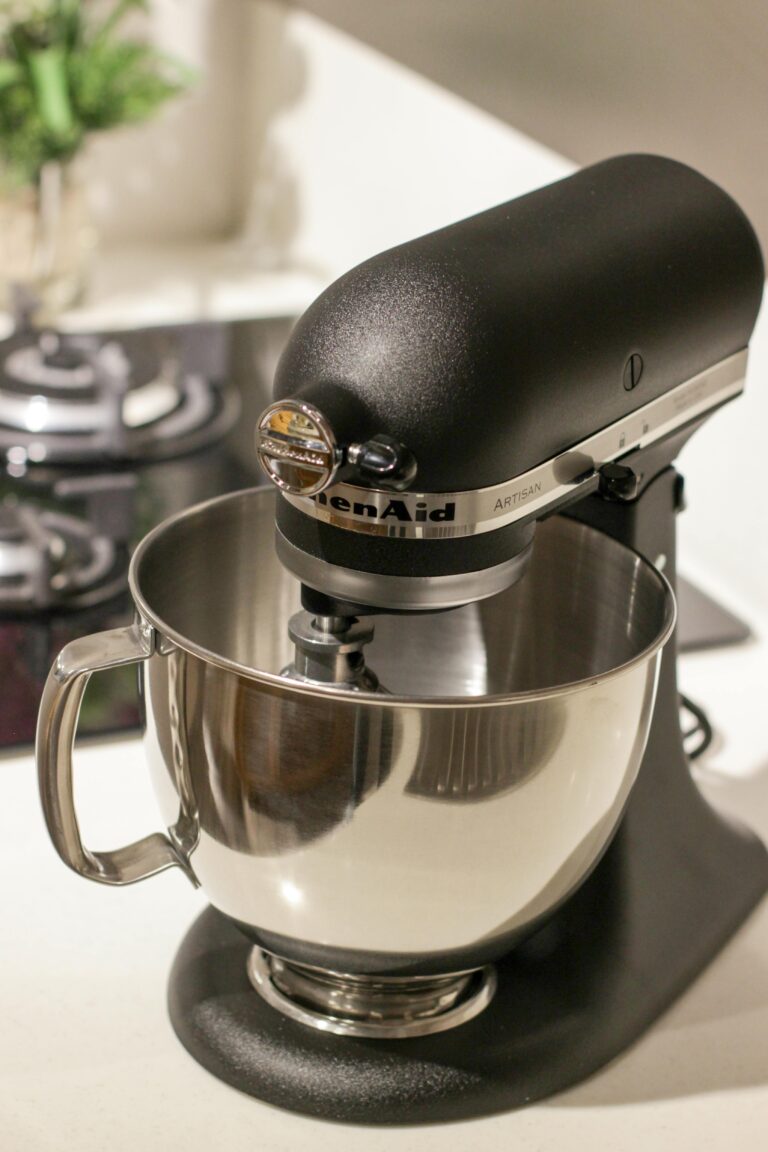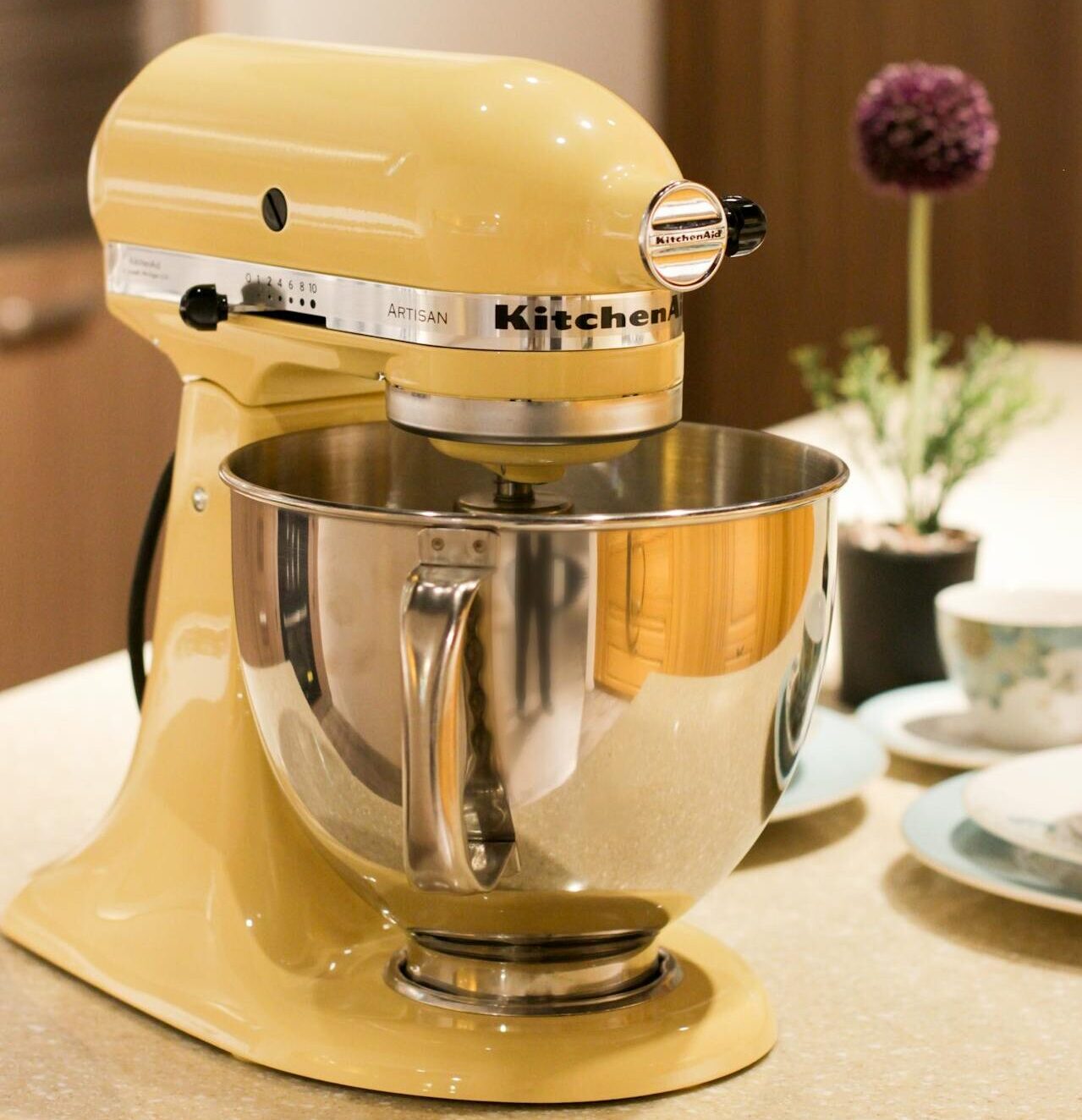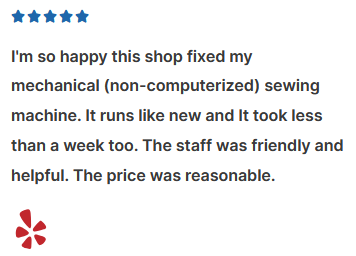KitchenAid Mixer Repair
Your KitchenAid mixer is an essential tool in the kitchen, and when it stops working, it can be frustrating. Whether your mixer is making unusual noises, struggling with speed control, or has a worn-out motor, we can help restore it to full functionality. Our expert repair service covers common issues such as gear replacements, motor tune-ups, electrical repairs, and lubrication to keep your mixer running smoothly. Instead of replacing your mixer, trust us to repair it with high-quality parts and professional care—saving you money and extending the life of your appliance. Bring your KitchenAid mixer to us, and we’ll have it working like new in no time!

Reliable KitchenAid Mixer Repairs
A KitchenAid mixer is an essential kitchen tool, but like any appliance, it requires maintenance and occasional repairs to keep it running smoothly. If your mixer is making unusual noises, struggling with power, or not mixing as it should, our expert repair services can help. From gear replacements and motor tune-ups to full rewiring and speed control adjustments, we provide high-quality repairs using durable parts. Don’t let a faulty mixer slow down your baking—bring it to us, and we’ll have it working like new in no time!
When and why would you need
KitchenAid Tune Up Services
Your KitchenAid mixer is a powerhouse in the kitchen, but like any well-used appliance, it requires routine maintenance to keep performing at its best. Over time, the internal gears, motor, and lubrication can wear down, leading to grinding noises, sluggish performance, overheating, or inconsistent mixing speeds. If you notice your mixer struggling with thick dough, making unusual sounds, or leaking oil from the motor housing, it’s time for a professional tune-up.
A proper KitchenAid mixer tune-up includes gear inspection, fresh lubrication, motor calibration, and thorough cleaning to ensure smooth operation and extend the life of your mixer. Regular maintenance helps prevent costly breakdowns and ensures your mixer continues to handle every baking task effortlessly. If your mixer hasn’t been serviced in a few years or isn’t running like it used to, a tune-up is a smart investment to keep it in peak condition for years to come.

Problems requiring
Professional KitchenAid Repair
Mixer Won't Turn On
First, check that it’s plugged in and the outlet is working. If the mixer shuts off mid-use, let it cool for an hour, as it may have overheated. If these steps don’t resolve the issue, internal electrical components may need repair.
Mixer Does Not Spin
A worn-out worm gear is the most common reason a mixer stops spinning. Since it absorbs stress to protect internal components, replacing it promptly prevents further damage.
Rattling or grinding
Dry or worn-out lubrication can cause grinding sounds, while loose parts may lead to rattling. A failing worm gear can also create a metallic noise and requires replacement.
Leaking Grease or Oil
Over time, lubricant inside the mixer can break down and leak. If left unchecked, oil can drip into food. Reapplying fresh lubricant or replacing a faulty gasket can resolve this issue.
F.A.Q.
More KitchenAid mixer repair questions, answered
Loud noises often result from dried-out lubrication, loose parts, or worn gears. Over time, the grease inside the mixer can break down, causing metal components to grind against each other. Regular lubrication and tightening of loose parts can help, but if the noise persists, it may be time for a professional gear replacement.
First, check that the mixer is plugged into a working outlet and that the power cord is undamaged. If it shuts off during use, let it cool for about an hour, as it may have overheated. If the problem continues, internal electrical components like the speed control plate or motor may need repair.
Oil leakage occurs when the internal grease separates due to age, overheating, or lack of use. While this isn’t an immediate mechanical failure, leaking oil can drip into food. Replacing the old grease with fresh lubricant or installing a new gasket can resolve the issue.
If your mixer is running too fast or too slow, the speed control plate might be the issue. Some minor adjustments can be made by tightening or loosening the screws on the control plate. However, if speed settings remain inconsistent, the plate or motor may need replacement, which is best handled by a professional.
For regular home use, a tune-up every 1–2 years is recommended to keep your mixer in peak condition. If you use it frequently for heavy doughs or baking, annual maintenance, including lubrication and gear inspection, can help prevent costly repairs.












